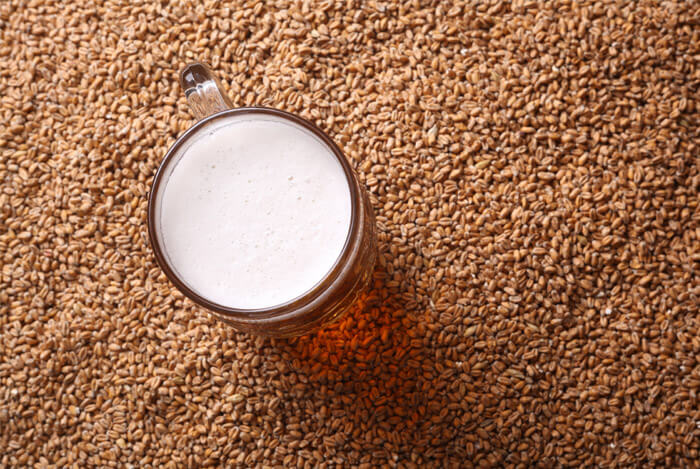Caramel Macchiato!
Who likes those?
I like those.
But do you know how much sugar these bad boys come packing? 32 grams. And that’s just the Grande, the Venti has 40!
That’s not the end of the world, but that adds up over time.
According to WebMD, here’s what the American Heart Association recommends for limits on daily sugar intake:
- Younger Physically Active man: up to 18 teaspoons (288 calories)
- Older Sedentary man: up to 9 teaspoons (144 calories)
- Physically Active woman: up to 5 teaspoons (80 calories)
- Older Sedentary woman: up to 3 teaspoons (48 calories)
So that Macchiato is going a bit overboard. In fact, a lot of foods we consume without too much thought are jam-packed with added sugar.
While sugar itself isn’t inherently fattening, it’s easy to get too many calories in your diet if you’re eating a lot of added sugars.
Well you’re in luck, because I’ve got 6 tips to help you regulate your sugar intake.
- 1. Don’t Let Sugar Ninja You
- 2. Spice vs. Sugar
- 3. Eat Fruit
- 4. Pump up the Protein
- 5. Regulate With Exercise
- Putting It All Together
Table of Contents
+1. Don’t Let Sugar Ninja You

Well no problem, I’ll just look over at the nutrition label and see which foods have a big number in the ‘Sugar’ row, and avoid foods that have a big number, right?
Or, I’ll just look at the ingredients list on the label and if ‘Sugar’ is near one of the first ingredients, I avoid it, right?
Not exactly.
Sugar is a ninja. It’s stealthy and there are a bunch of different names it goes by, some more obvious than others.
But here are some simple tips to guide you to spot the tricks straight up.
Nectars and Juices
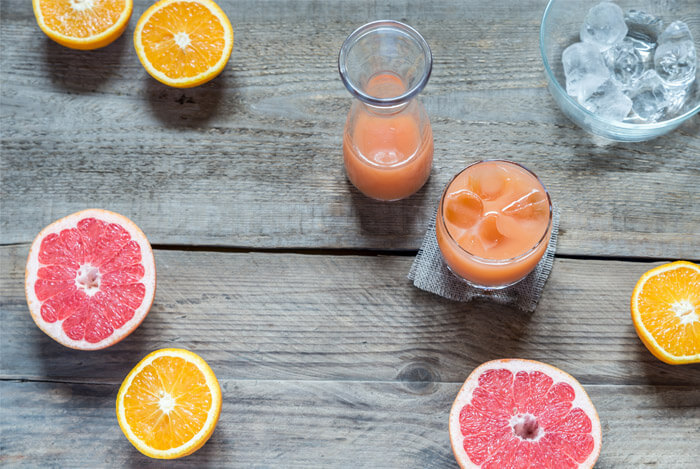
Nectars, like ‘Agave Nectar’, are a concentrated sweetener. You can even find it at the grocery store. It’s sweeter than honey.
And as far as juices go, look out for ingredients such as ‘Cane Juice’ and ‘Fruit Juice Concentrate’.
Malts
It’s not just in beer. Malt extract can also be a powder or liquid sweetener and is often used in many products.
Syrups
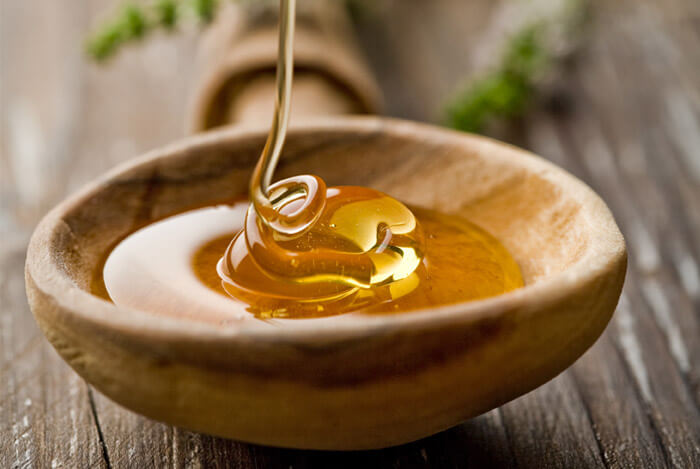
This is a more obvious one, but comes in many forms including Brown Rice Syrup, Carob Syrup, Golden Syrup, Corn Syrup, and High Fructose Corn Syrup.
The ‘Oses’
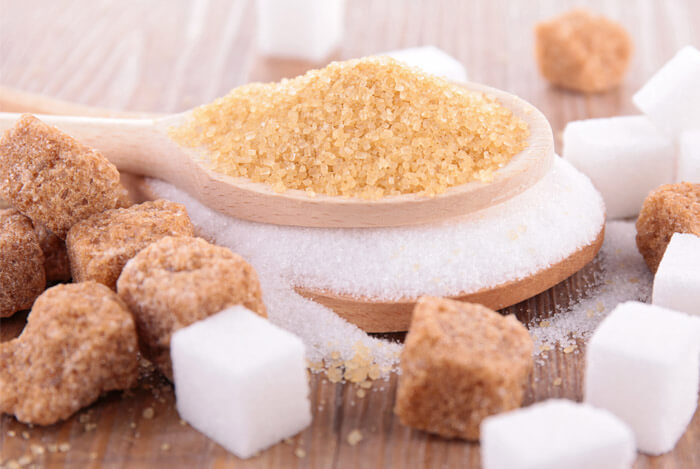
Look out for the word ‘Ose’ at the end of something that sounds like a chemical name: Fructose, Galactose, Glucose, and Maltose. Not all ‘Oses’ are created equal, but when keeping an eye out for added sugars, make note of these.
There are a bunch of names for sugars, but I’m hoping these key tips will make it easier for you to navigate through sticky waters.
2. Spice vs. Sugar

Alright, so now that you are armed with some ability to identify a few common sugar traps. What about those cravings? It’s hard to go cold turkey, so how can we train our taste buds and our bodies to start reducing sugar?
Do you ever put nutmeg, cinnamon, or vanilla in your coffee?
I mean they have it at Starbucks right next to the sugar and sweeteners. It’s pretty good! You don’t have to limit it to just coffee though. Spices add flavor, a much deeper flavor than just sugary sweetness, and they can be used for a great number of foods.
The massive spice rack at the grocery store can be daunting, so here’s a list of some of the ones that I like:
- Cinnamon – This guy has a sweet, spicy flavor. It helps reduce some bitterness in food (coffee), but it’s also good with vegetables and fruits.
- Vanilla – The fragrant, original ice-cream flavor. I use it for milk-based or baked products, but put it into any food you want to add that ice-cream taste and natural sweet aroma and flavor.
- Cayenne – Spicy! I’m a spicy food lover and I’ve found that a lot of foods that taste pretty good sweet also taste pretty good spicy. It may sound a little weird but when I was younger, I used to add sugar to my spaghetti sauce and now I add cayenne instead.
- Cloves – Sweet and aromatic. I poke these little guys into onions, meats, and even fruit. I also hear they work great in most pies.
- Nutmeg – A sweet spice, slightly bitter…kind of tastes like, well, nutmeg. It’s terrific in most hot drinks like coffee, tea, and ciders. But also great in baked goods or even stews and savory soups.
When it comes to using spices you’ve got to smell them first. Back when I first dabbled in the kitchen, I bought a bunch of random spices and just started putting them into things. But I soon learned that the smell is what gives away the flavor. You’d be surprised as to what spice combinations work in different foods. I’m a big fan of spicy and tart flavors, so I’ll add cayenne and lemon to almost anything.
3. Eat Fruit
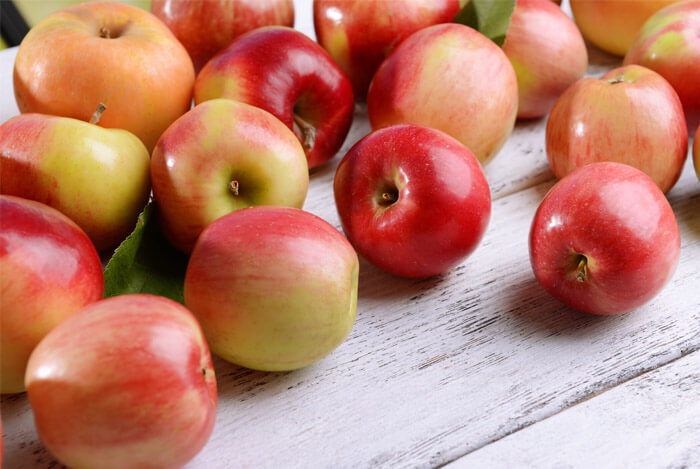
An apple a day keeps the doctor away – so they say. I don’t always have an apple, but I do like fruit. Fruit is fresh and sweet and easy to grab and go. But it’s jam packed with sugar, isn’t it?
True, but we don’t have the whole story here. First of all, having some sugar isn’t bad for you. Second, the fiber slows the release of sugar from fruit, so it doesn’t have the same effect as processed sugar.
So drop that cake and go grab an apple.
4. Pump up the Protein
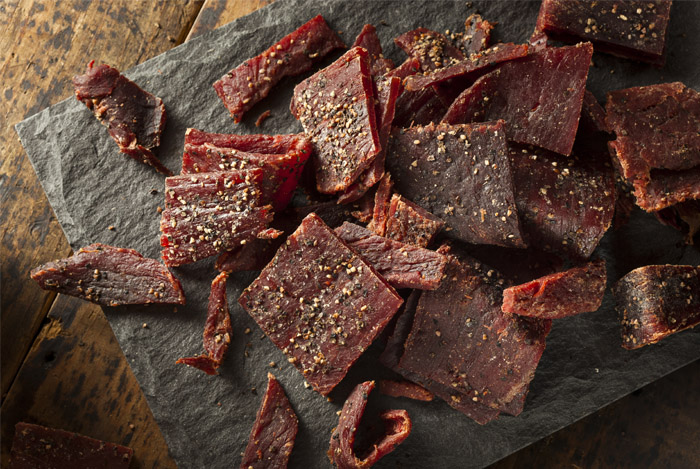
I really like jerky. It’s probably my favorite snack food. While protein intake isn’t a personal problem for me, it can totally be one for those that don’t pay attention to their macronutrient profile. You’ve probably noticed that when you sit down with others to eat, you might eat similar portions as them, but we all have different unique macronutrient and calorie requirements. We’re all special!
In a study posted in Nutrition & Metabolism, Dr. Mary C Gannon studied the metabolic effects of a high-protein diet compared to those on a typical diet. She and her team found that a diet higher in protein lowers blood glucose in individuals with diabetes and improves glucose control.
There are a number of studies on protein and glucose regulation in the body, and this is just one example. The point isn’t to tout full-on protein-diets, but to explain that you should take a closer look at your overall diet and make sure you are including adequate protein. Try reaching out for that jerky when you have a sugar craving and see what happens.
5. Regulate With Exercise
Isn’t sugar all about what you take in and how to avoid it?
Not at all.
In a nutshell, eating too many calories contributes to insulin resistance. This means that your body sucks at noticing insulin. When you eat sugar, the hormone insulin usually pushes the sugar out of the bloodstream into cells in the muscles and liver, or any excess into fat storage.
But when you have insulin resistance, your blood sugar levels stay high which forces the pancreas to produce even more insulin to lower your blood sugar levels. Insulin resistance is often the first sign that you could be heading toward type 2 diabetes.
The good thing is that exercise increases your body’s sensitivity to insulin, meaning that your body doesn’t need to release as much insulin to elicit a response. There are numerous studies on the topic of exercise and its role in sugar metabolism, including advanced research on how exercise affects the glucose transporters (look up GLUT4).
But what I think would be more valuable to you here would be some workout tips, so here are some to get you started:
- Do cardiovascular exercise 2-3 times a week at 55% to 85% max heart rate
- Diabetics should always carry some form of fast-acting glucose, my favorite is PowerBar PowerGels
- Include low/moderate intensity strength training 2-3 times a week.
This is mostly for those of average fitness. For those who are sedentary, always start with a graded approach and listen to your body. The point is…MOVE!
Putting It All Together
Learn from the tips above but realize that regulating sugar in your diet is part of balancing your life.
Here are a few summary steps to help you get started:
- Start by noticing how much sugar you actually eat – always read the labels, think about what you are consuming, and pay attention to those sugar traps we mentioned above. Paying attention to this will take you a long way by giving you a general baseline.
- Figure out what makes sense for you individually. Are you a full-on sugar fiend? Or do you like spicy and tangy foods just as much? What spices can you swap out for sugar and still feel good?
- Do you like fruit? If so, do you eat enough of it? It’s plenty sweet after all and can be all that’s needed to satisfy a sweet craving.
- Notice whether you are eating a balanced diet with enough protein – try eating more protein.
- Work out.
